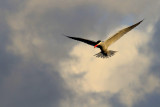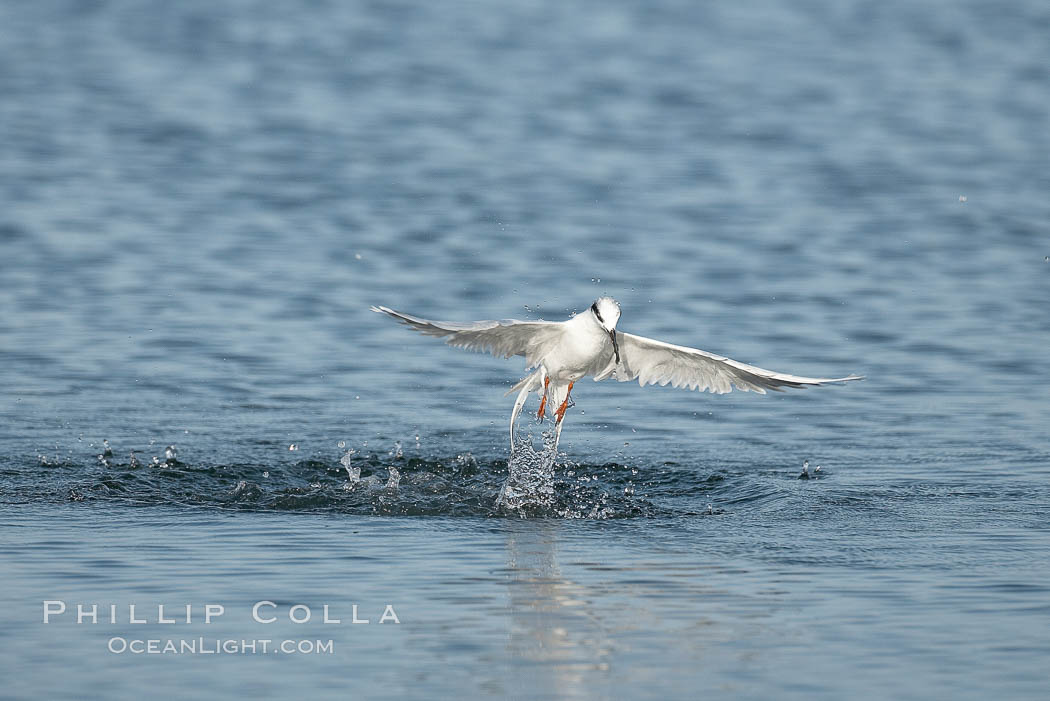

“Sometimes they (pinnipeds) have to re-learn how to eat and how to swallow,” said Smith of how serious rehabilitating rescued animals can sometimes become, which generally takes about two months, depending on the species and circumstances involved. Park staff literally force-fed animals brought in to keep them from starving. The cause was believed to have been a rapid change in ocean temperature. In 2015, there was a major die-off of San Diego sea lions when their usual food sources temporarily left. The number of animals being rehabilitated by SeaWorld at any given time can change dramatically.

That is why we do this work, and why it is so important for accredited zoos and aquariums like ours to continue efforts to help animals that cannot survive on their own.” “Rescue and rehabilitation can save the lives of individual animals, and in some cases supports the preservation of endangered and threatened species. Chris Dold, chief zoological officer for SeaWorld Parks and Entertainment. “Our teams are responsible for the care and well-being of thousands of animals – both those rescued and in residence – and while we’d much rather live in a world where wildlife doesn’t need our help to thrive in healthy abundance, that’s not today’s reality,” said Dr. “These are our up-to-date numbers since April 27,” she said pointing to the wall chart, which totaled 232 animals including 35 California sea lions, one harbor seal, one northern elephant seal, eight fur seals, and 187 birds. “A lot of them were dehydrated, one had a shark bite,” noted Smith of those repatriated pinnipeds, referencing a chart on the outside wall of the park’s critical-care unit tracking animals brought in for rehab and return. Jeni Smith, SeaWorld San Diego’s Rescue Department supervisor, standing next to the park’s four-while drive rescue truck which retrieves injured animals. “Jeni had an exciting morning (May 6) actually returning eight (rehabbed) sea lions back to the ocean by boat,” noted Tracy Spahr of SeaWorld public relations. “Of the 40,000 rescues, more than half of them have been birds.” “We get the description of the animal, why they’re calling and their location, and we also try to get a photo so we can look at what we’re dealing with,” Smith said, adding that recovered wildlife are then retrieved for rehab using the park’s four-wheel-drive, sand-capable rescue truck. Jeni Smith, supervisor of SeaWorld San Diego’s Rescue Department, discussed the park’s procedure for rescuing distressed animals. Such is the case with SeaWorld San Diego’s Rescue and Rehabilitation team, which divides its time between nursing pinnipeds and other marine mammals, along with rehabbing many local seafaring birds.

The park’s goal is always to rehabilitate injured animals, then return them back to the wild. The company partners with multiple government agencies, including conservationists, stranding networks, zoological facilities, and others to rescue and help needy animals. recreational destinations including eight theme parks and five water parks. Seaworld Parks and Entertainment headquartered in Orlando, Fla., owns and operates 13 U.S. Reduce heat if this occurs.Surpassing that milestone underscores the never-ending need to help distressed animals, which SeaWorld’s Rescue and Rehabilitation teams accomplish on call 24/7/365. If the bird starts open-mouthed breathing, it may be too hot. Birds who cannot stand should have a foam pad, pillow or crumpled newspaper under the towel to provide a cushioning effect. These species defend themselves by stabbing or biting with their beaks and aim at your face and eyes. Seabirds: Cormorants, herons, egrets, loon, grebes and gulls can inflict serious injuries with their beaks.Raptors: Any raptor who remains on the ground is obviously debilitated in some way, but never forget that even a grounded raptor is a dangerous animal.Then watch the bird and keep domestic pets away until someone can come. If you fear the bird or are unsuccessful in your efforts, toss a laundry basket over the bird so that it cannot fly out of reach or run away. Give the bird a short time to get situated and stand upright. Try to place the bird in the box with feet down or on a side, not on the back, and quickly close the box. ALWAYS hold the bird so the head is facing away from you. Hold the bird across the shoulders and body restraining the wings with your hands.

You will have a few seconds to pick up the bird while they cannot see to strike out or escape. If the bird is standing, approach slowly, and then quickly cover the bird with a towel or blanket. If the bird is not standing, they are in very bad shape and should not pose much of a threat. Have a box ready, and put on the thickest pair of gloves you have to give protection if a bird tries to bite or talon you.


 0 kommentar(er)
0 kommentar(er)
